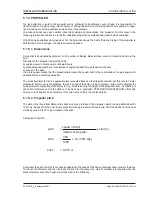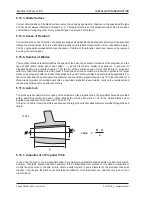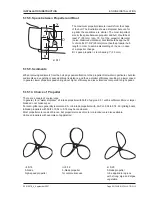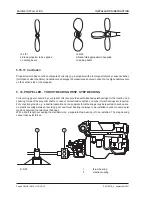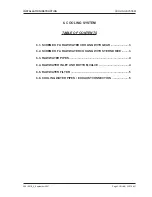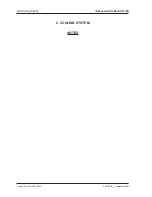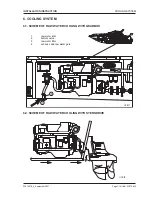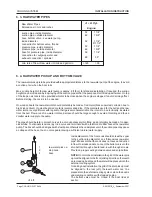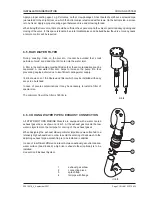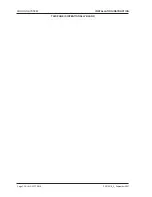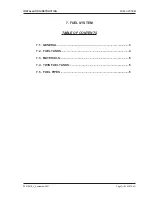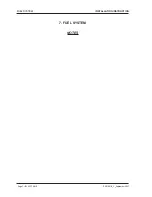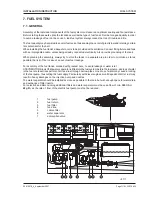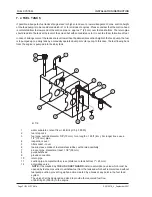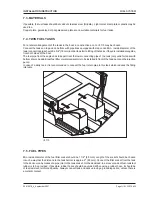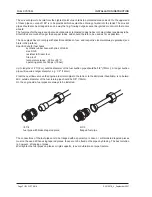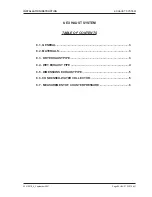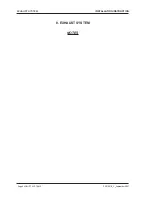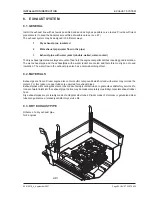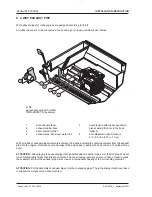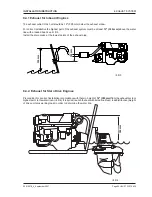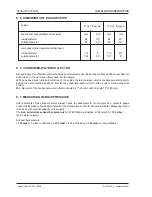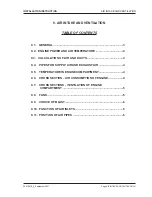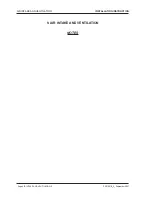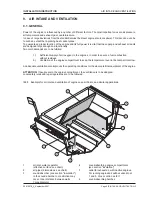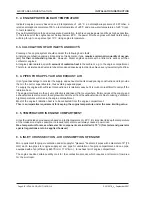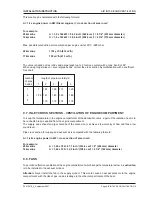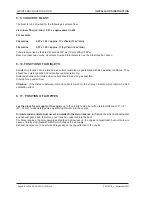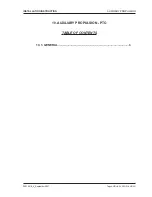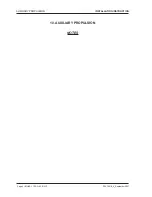
Z001007/0_4_September 2007
Page FUEL SYSTEM-5
FUEL SYSTEM
INSTALLATION INSTRUCTION
7. 3. MATERIALS
If possible, the fuel tanks should be made of stainless steel (Nirosta) . Light metal, steel plate or plastic may be
used too.
Copper plate, galvanized or pot-galvanized plate are no suitable materials for fuel tanks.
7. 4. TWIN FUEL TANKS
For a lateral arrangement of the tanks in the boat, a construction acc. to ill. 7/3 may be chosen.
Connect the tanks on top and on bottom with pipe lines equipped with stop cocks. Min. inside diameter of the
lower connecting pipe should be 3/4" (19 mm) in order to permit a filling of the tanks, if they are installed alongside,
from both sides of the boat.
The fuel pipe from the engine has to depart from the lower connecting pipe of the tank (only valid for tanks with
bottom drain). An additional fuel filter or water separator is to be installed in front of the feed pump on the injection
pump.
In case of a daily tank, it is recommended to connect the fuel return pipe to this tank which reduces the filling
intervals.
7. 5. FUEL PIPES
Min. inside diameter of the fuel filler socket should be 1 1/2" (38 mm). Length of the socket should be chosen
in such a way that the distance to the tank bottom is approx. 2" (50 mm). Connect the filler socket from the tank
to the deck union by means of a pipe joint to the tank socket. On the deck lead-in a sleeve made of fuel-resistant
rubber is to be provided. If possible, rubber hoses should be avoided. When using a rubber hose, it should be
of fuel-resistant, reinforced quality. Always connect tank and deck union by a grounding cable, unless there is
a metallic contact.
ill. 7/3

